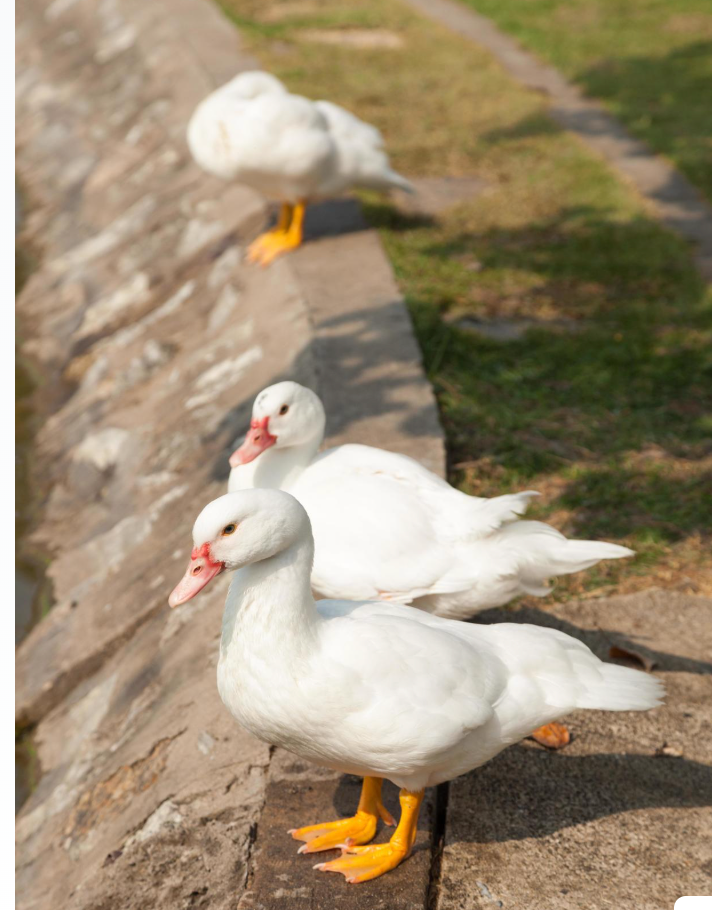FARM ANIMAL SAFETY TIPS

FARM ANIMAL SAFETY TIPS
SUMMARY
Farm Animal Safety Tips provides essential guidelines for maintaining a safe environment for both farmers and livestock. This guide emphasizes safety protocols, proper handling techniques, and strategies for preventing accidents on the farm.
FEATURES
- Safe Handling: Techniques to handle animals without stress or injury.
- Protective Equipment: Recommendations for farmer and animal safety gear.
- Facility Safety: Tips for building and maintaining secure enclosures.
- Emergency Preparedness: Plans for handling accidents and natural disasters.
- Feeding Safety: Best practices to prevent feed-related incidents.
- Zoonotic Disease Prevention: Guidelines to protect humans and animals from diseases.
- Animal Behavior: Understanding behavior to anticipate and avoid risks.
- Transport Safety: Proper methods for moving animals securely.
DESCRIPTION
Farming involves daily interactions with animals that can pose risks if not managed properly. Farm Animal Safety Tips equips farmers with the knowledge to create a safe and harmonious environment for themselves and their livestock.
The safe handling section outlines techniques for approaching, restraining, and interacting with animals to minimize stress and avoid injuries. Clear, calm movements and knowledge of species-specific behaviors play a crucial role in safe animal handling.
Protecting both farmers and animals requires the right equipment. The protective equipment section includes recommendations for gloves, boots, helmets, and harnesses to reduce the likelihood of injuries.
Farm structures play a key role in safety. The facility safety section offers insights into designing and maintaining sturdy pens, barns, and fencing to prevent escapes or accidents.
Emergencies can occur unexpectedly. The emergency preparedness section guides farmers in creating response plans for injuries, severe weather, and other unforeseen events.
Proper feeding practices are essential to avoid injuries or illnesses. The feeding safety section covers safe storage, distribution, and monitoring of feed to ensure animal health and safety.
Zoonotic diseases can endanger humans and livestock alike. The zoonotic disease prevention section provides measures to reduce the spread of infections through hygiene and vaccinations.
Animals communicate through their behavior. The animal behavior section teaches farmers to recognize signs of distress, aggression, or fear, enabling proactive safety measures.
Moving animals between locations requires care. The transport safety section ensures animals are loaded, secured, and transported without harm, following humane and effective practices.
With Farm Animal Safety Tips, farmers gain practical advice and proven strategies to promote a secure environment that benefits everyone on the farm.
- Abhi Singh

Comments 0